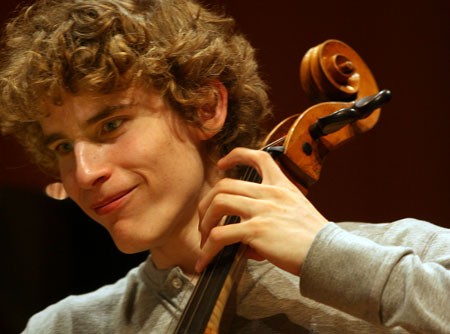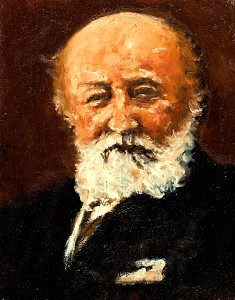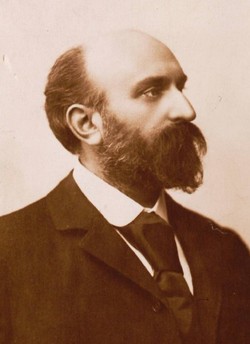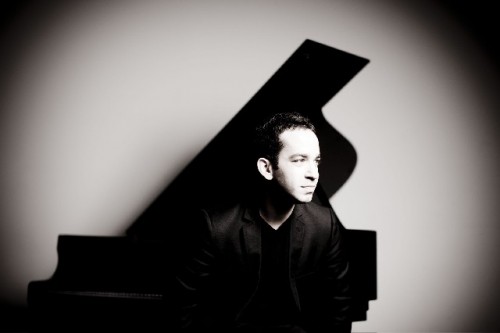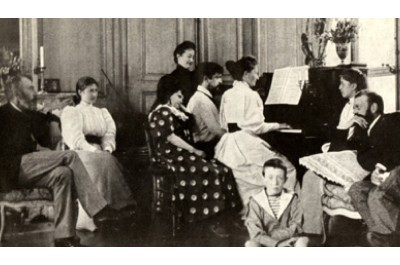Lincoln Center Chamber Music Society's Grand Finale
Why the CMS is More Valuable than Facebook
By: Susan Hall - May 20, 2012
La Grande Finale
Chamber Music Society of Lincoln Center
Inon Barnatan, piano
Juho Pohjonen, piano
Jessica Lee, violin
Kristin Lee, violin
Elmar Oliveira, violin
Beth Guterman, viola
Andreas Brantelid, Cello
Saint-Saëns Piano Trio No. 1 in F major, Op. 18
Saint-Saëns Sonata No. 1 in D minor for Violin and Piano, Op. 75
Chausson Concerto in D major for Violin, Piano, and String Quartet, Op. 21
Alice Tully Hall
Lincoln Center
New York
May 18, 20, 2012
Musical America’s Musician of the Year Award went to the duo artistic directors of the CMS. Wu Han and David Finkel have created a group of musicians, experienced and supremely talented, and also inexperienced and supremely talented, who are encouraged to communicate with each other and the audience. In the intimate atmosphere of Alice Tully Hall you can share the finest music, and punch not ‘like’ but ‘love.’
For their final performances of the season, the CMS featured Elmar Oliveira, the only American violinist to win both the Tchaikovsky International Competition and the Avery Fisher Prize. He was patriarch of the evening. While complete mastery of the compositions was clear from the start, the sheer delight of the music was also abundantly clear.
Saint Saens was responsible for the revival of French chamber music. His expansion of harmonic boundaries was on display in both the early and late compositions performed. Harmonically rich and profound, they are also gracious and exotic. As each piece goes on its merry way, charming motifs recur. Modern in spirit. Classic in form, like the CMS itself.
Starting with an early Saint-Saens Trio for piano, violin and cello, Jessica Lee and Pohjonen, a young Finnish phenom, were delightful. Described as an outcome of youthful spontaneity, suggesting the light-heartedness of one who has thrown caution to the winds, Saint Saens had been stimulated by traveling across the Pyrenees.
The opening movement has a pleasant, easy swing. The Andante is justly famous for its originality and beauty. Like Prokofiev’s Romeo and Juliet, it’s easy to imagine a procession passing across the stage as the piano carries the melody in octaves and the violin sounds an A in the upper pedal note.
The Scherzo is bright and light without a dull moment. Andreas Brantelid, a young Swedish cellist, makes his instrument sing with a singular beauty. Looking like a Greek God, his muse resting on the bow as he draws forth lyrical, rich and clear tones. Even when his instrument is at full throttle, its sounds are smooth and bright.
In a Saint-Saens Sonata for Piano and Violin, Oliveira performed with Pohjonen. The composer divided the work into two parts, connecting the two movements in each part. Nothing tears at the heart here, but a feeling of deep satisfaction is induced in the texture and the melodies.
Saint Saens has been accused of favoring harmony and orchestration above melody, but this piece suggests quite the contrary. 'Hard' and 'dry', other adjectives often attached, seem unfair as we are bathed in the warmth.
Saint Saens' nervous accents in vertiginous bursts were executed with an exuberant discipline. Both instrumentalists streamed their notes, exposing the themes, while at the same time ripping through the technically challenging runs up and down the piano and the violin. Saints Saens had written that he was not a friend of Richard Wagner’s, but very much one of Liszt’s. That friendship was clearly expressed here.
After intermission, a chamber orchestra gathered to play Ernest Chausson’s Concert. Oliveira led the group, performing. Kristin Lee, who we heard recently at the National Arts Club in an exciting duo performance, joined in with the usual suspects. Beth Guterman, featured on the viola. was deeply moving.
Chausson was a modest, almost too self-effacing composer, who turned opportunities over to friends and helped any musician he could. He moved from place to place often, perhaps because his restless nature demanded change. Some think he used the term ‘concert' rather than ‘concerto’ to diminish the role of the solo instruments. He thought of them as projections of the string background. Because both Barnatan and Oliveira have dominating roles, this seems wrong. In the Baroque Concerto grosso, two soloists contrast with a small orchestral background.
In any case. the Concert is an intense and passionate outpouring, best thought of as a sextet with a unique design in which virtuoso roles of violin and piano are played out against an actively participating quartet.
On the piano was Inon Barnatan, who stands out among his young contemporaries. He is musical through and through and brings a special touch to the keyboard, here tenderly performing quieter passages, and rising to dramatic heights as Saint-Saens demands a race up and down the keyboard. Always the music is first with Barnatan. This summer he is not only in Berlin, but Aspen, Santa Fe, Seattle, San Diego. Catch him if you can. (We did a year ago at Poisson Rouge. http://berkshirefinearts.com/03-02-2011_jansen-and-barnatan-perform-at-poisson-rouge.htm)
The final movement of this final performance of the season is full of driving energy and vitality. It rollicks and bounces along, with rondos and variations interspersed and coming to a triumphant conclusion.
Chamber music is a perfect way to attune your ear. As instrumentalists perform not only together, but also in lines which are composed for conversation between a violin and viola, a cello and the piano, your attention automatically is pulled in and your appreciation caught up in an experience that teaches, without interfering with listening pleasure.
The Chamber Music Society of Lincoln Center specializes in delivering musical pleasure and certainly gave it in spades, strings and keyboard in this performance.

